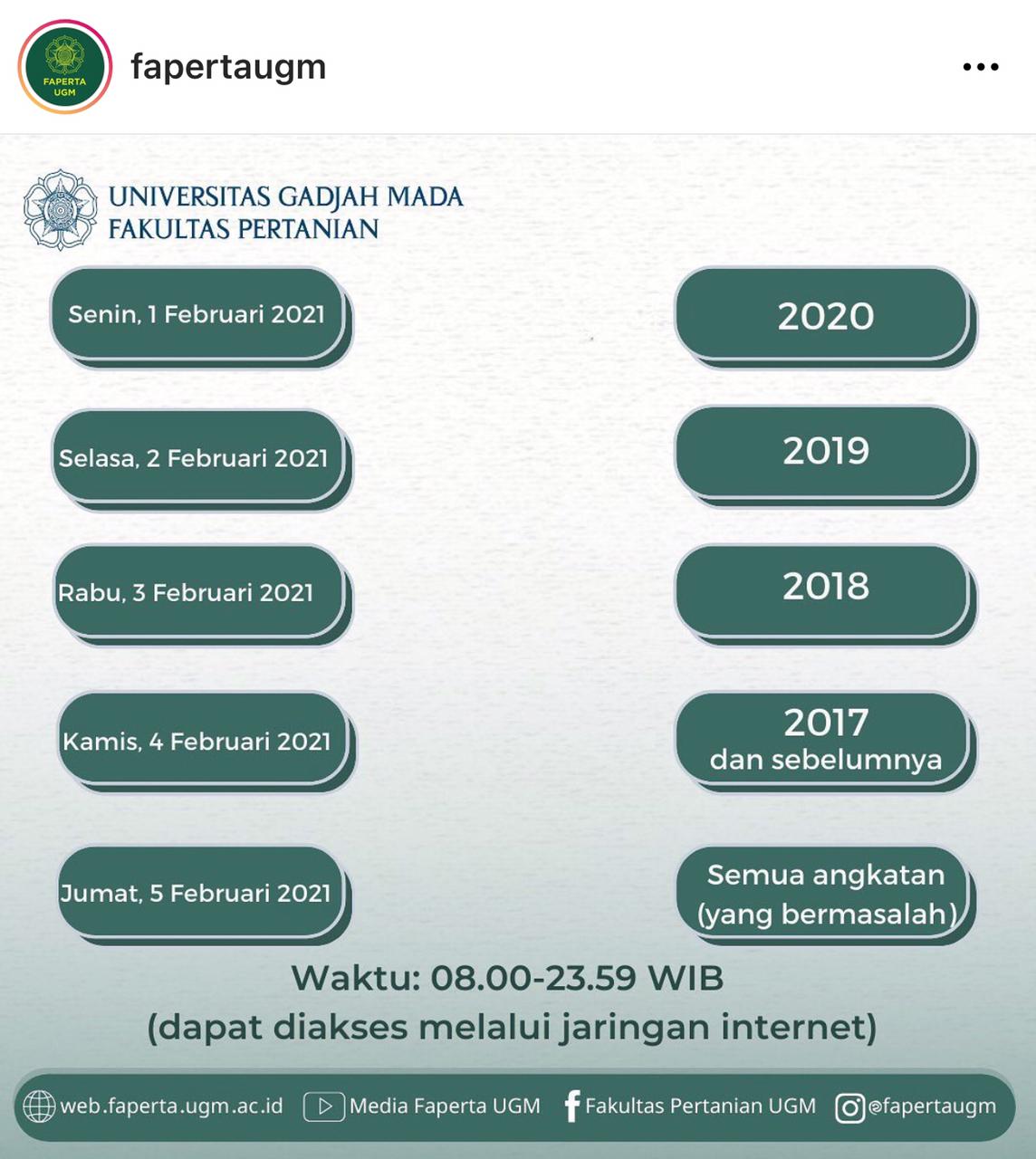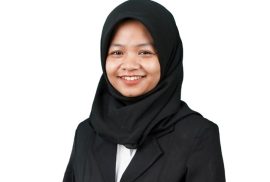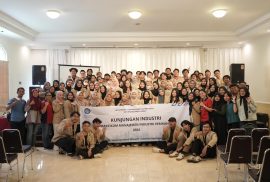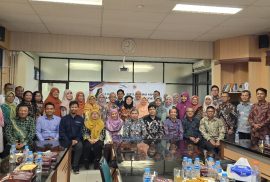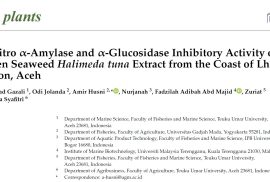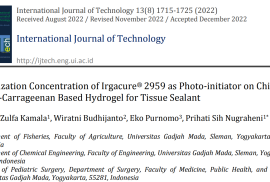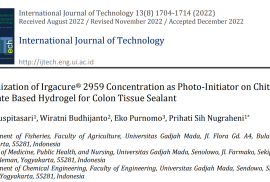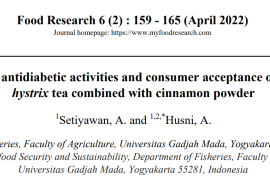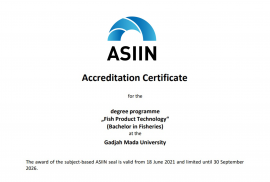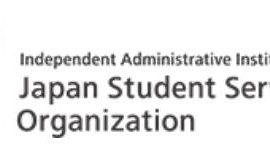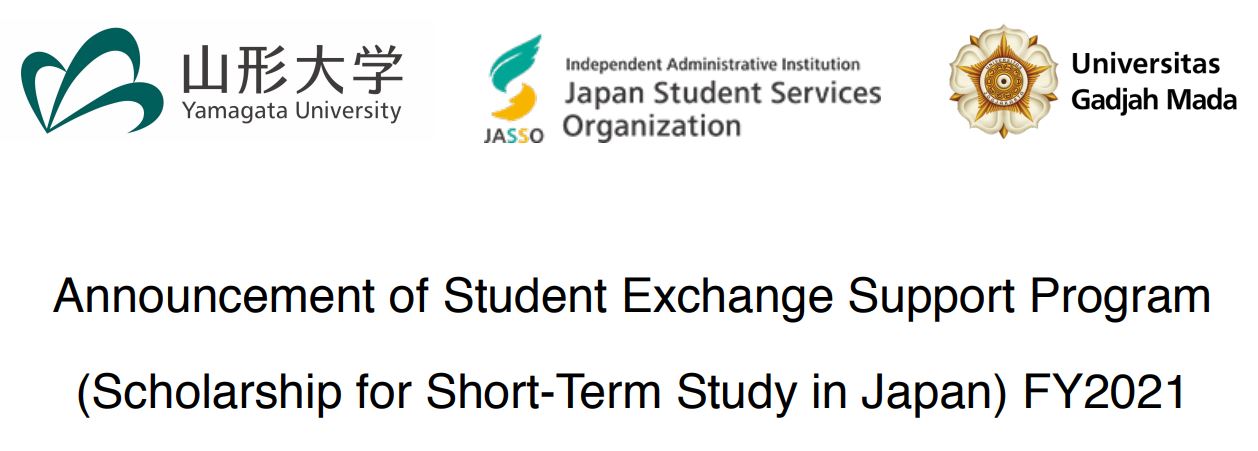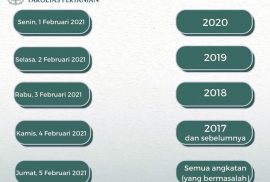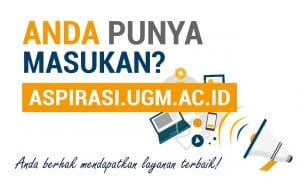Program Studi Teknologi Hasil Perikanan, Universitas Gadjah Mada, menyambut kehadiran Dr. Olivia Yofananda, S.TP., pada semester Ganjil 2023/2024. Dr. Olivia, yang akrab disapa Ibu Oliv, merupakan lulusan S1 Ilmu dan Teknologi Pangan Universitas Brawijaya dan menyelesaikan program doktor di Institut Pertanian Bogor melalui beasiswa PMDSU (Pendidikan Magister Menuju Doktor untuk Sarjana Unggul). Pengalaman akademisnya telah membentuk kecintaan Dr. Olivia pada dunia pendidikan dan penelitian, yang kemudian memotivasi beliau untuk berkarir sebagai dosen.
Information
Kegiatan Kunjungan Industri (KI) merupakan salah satu rangkaian acara dari Praktikum Manajemen Industri Perikanan, Program Studi Teknologi Hasil Pertanian (THP), Departemen Perikanan, Fakultas Pertanian, Universitas Gadjah Mada. Kegiatan Kunjungan Industri dilaksanakan oleh seluruh mahasiswa Program Studi Teknologi Hasil Perikanan angkatan 2022 pada 9 November 2024. Perusahaan yang dikunjungi adalah perusahaan pengolahan ikan di Semarang, yaitu PT. Bandeng Juwana Elrina dan PT. Indomina Cipta Agung.
Pada hari Jumat, 26 Juli 2024, prodi Teknologi Hasil Perikanan, Departemen Perikanan Universitas Gadjah Mada menjadi tuan rumah kegiatan diskusi penyamaan kurikulum prodi THP se Indonesia. Kegiatan yang dikoordinasikan dengan Masyarakat Pengolahan Hasil Perikanan Indonesia (MPHPI) ini menjadi pertemuan lanjutan yang membahas terkait kebutuhan pembaruan kompetensi lulusan prodi THP untuk dapat memenuhi kebutuhan pasar yang terus berkembang. Pertemuan tersebut dibuka langsung oleh Dekan Fakultas Pertanian UGM, bapak Ir. Jaka Widada, Ph.D.
Seaweed belongs to marine biota and contains nutrients and secondary metabolites beneficial for health. This study aimed to determine the antidiabetic activity of extracts and fractions of green seaweed Halimeda tuna. The H. tuna sample was extracted with the maceration method using methanol and then partitioned using ethyl acetate and water to obtain ethyl acetate and water fractions. The methanol extract, ethyl acetate fraction, and water fraction of H. tuna were tested for their inhibitory activity against α-amilase and α-glucosidase. The methanol extract and the fractions with the highest inhibitory activity were phytochemically tested and analyzed using gas chromatography–mass spectrometry (GC-MS). The results showed that the ethyl acetate fraction (IC50 = 0.88 ± 0.20 mg/mL) inhibited α-amylase relatively similar to acarbose (IC50 = 0.76 ± 0.04 mg/mL). The methanol extract (IC50 = 0.05 ± 0.01 mg/mL) and the ethyl acetate fraction (IC50 = 0.01 ± 0.00 mg/mL) demonstrated stronger inhibitory activity against α-glucosidase than acarbose (IC50 = 0.27 ± 0.13 mg/mL). Phytochemical testing showed that the methanol extract and the ethyl acetate fraction contained secondary metabolites: alkaloids, flavonoids, steroids, and phenol hydroquinone. The compounds in methanol extract predicted to have inhibitory activity against α-amylase and α-glucosidase were Docosanol, Neophytadiene, Stigmasta-7,22-dien-3-ol,acetate,(3.beta.,5.alpha.,22E), Octadecanoic acid,2-oxo-,methyl ester, and phytol, while those in the ethyl acetate fraction were n-Nonadecane, Phytol, Butyl ester, 14-.Beta.-H-pregna, Octadecenoic acid, and Oleic acid.
Keywords: Halimeda tuna; α-amylase; α-glucosidase; methanol extract; ethyl acetate fraction
Optimization Concentration of Irgacure® 2959 as Photo-initiator on Chitosan-Kappa-Carrageenan Based Hydrogel for Tissue Sealant
Fiskina Zulfa Kamala, Wiratni Budhijanto, Eko Purnomo, Prihati Sih Nugraheni
Hydrogel is a three-dimensional network of hydrophilic polymers widely used in the biomedical field, one of which is a tissue sealant. The material that can be used in the manufacture of hydrogels is chitosan. The ability of chitosan in the formation of hydrogel is still limited by its swelling and adhesive properties, so it requires other materials such as crosslinkers, one of which is kappa-carrageenan which can stabilize and increase the viscosity of the hydrogel. The addition of Irgacure® 2959 as a photo-initiator to the hydrogel can produce free radicals that can bind to the active group of the polymer. This study aims to determine the effect of adding Irgacure® 2959 in the manufacture of hydrogel based on a chitosan-kappa-carrageenan solution formulated as a colon tissue adhesive. The treatments given were the addition of Irgacure® 2959 as much as 0%, 1%, 2%, 3%, and 4%. The characteristics of the hydrogel tested qualitatively (simulation adhesion test), degree of swelling, resistance to water, degree of crystallinity, and ability to inhibit bacterial growth. The addition of Irgacure® 2959 did not show significantly different results from the control that indicating it cannot increase the crosslinking between chitosan and kappa-carrageenan. This is predicted due to the presence of steric hindrance from kappa-carrageenan, causing very limited crosslinking due to the molecular size difference between chitosan and kappa-carrageenan. Further, it is necessary to optimize the ratio of the chitosan and kappa-carrageenan to get the balance ratio that supports the occurrence of cross-linking.
Optimization of Irgacure® 2959 Concentration as Photo-Initiator on Chitosan-Alginate Based Hydrogel for Colon Tissue Sealant
Diah Puspitasari, Wiratni Budhijanto, Eko Purnomo, Prihati Sih Nugraheni
Tissue sealant is a material that is used as an adhesive to bond two tissue surfaces used during surgery. Chitosan and alginate are natural macromolecules used to manufacture hydrogels as tissue sealants because these two materials can strengthen bonds and the mechanical properties of tissue sealants. Irgacure® 2959, as a photo-initiator, can strengthen the cross-linking between chitosan-alginate to produce a tissue sealant with good mechanical strength. Therefore, this study aims to determine the effect of adding Irgacure® 2959 to chitosan-alginate hydrogel with different concentrations as a tissue sealant designed for the colon. The experimental design used a completely randomized design (CRD) with the addition of Irgacure® 2959 0; 1; 2; 3; 4%. The characteristics of the hydrogel as a tissue covering observed in this study include the degree of swelling, water resistance, simulated adhesion, degree of crystallinity, and ability to inhibit bacteria. The results of this study showed that the addition of 4% Irgacure® 2959 reduced the degree of swelling, increased the hydrogel’s resistance to water, and increased adhesion. The interaction of chitosan and alginate with the addition of Irgacure® 2959 produces cross-links, as evidenced by a degree of crystallinity of 26.21%. Based on these results, the chitosan-alginate hydrogel with the addition of Irgacure® 2959 showed good potential in tissue sealant formulations, even though the inhibition of bacteria in all treatments showed low results, namely < 5 mm.
The effect of different drying methods on antioxidant compounds and fucoxanthin content of brown seaweed from the intertidal zone of West Aceh, Indonesia [2022]
Mohamad Gazali, Muhammad Nursid, Amir Husni, Nurjanah, Neviaty
P. Zamani, Zuriat, Citra Dina Febrina, Nabil Zurba, Hasanuddin Husin,
Dio Hidayat
Effect of Homogenization Process on the Production of Arthrospira platensis Carotenoid Nanocapsules Encapsulated with Arabic Gum and Whey Protein Concentrate [2022] K Alfionita, SA Budhiyanti, N Ekantari
Jurnal Ilmiah Perikanan dan Kelautan 14 (1), 12-24
Formulation and stability of Ulva lactuca fatty acid oil in water (O/W) microemulsion [2022] Y. P. Ningrum, S. A. Budhiyanti
Food Research 6 (4), 120-127
Optimization of Medium Composition for Streptomyces sp. PB2 Chitinase Production using Response Surface Methodology
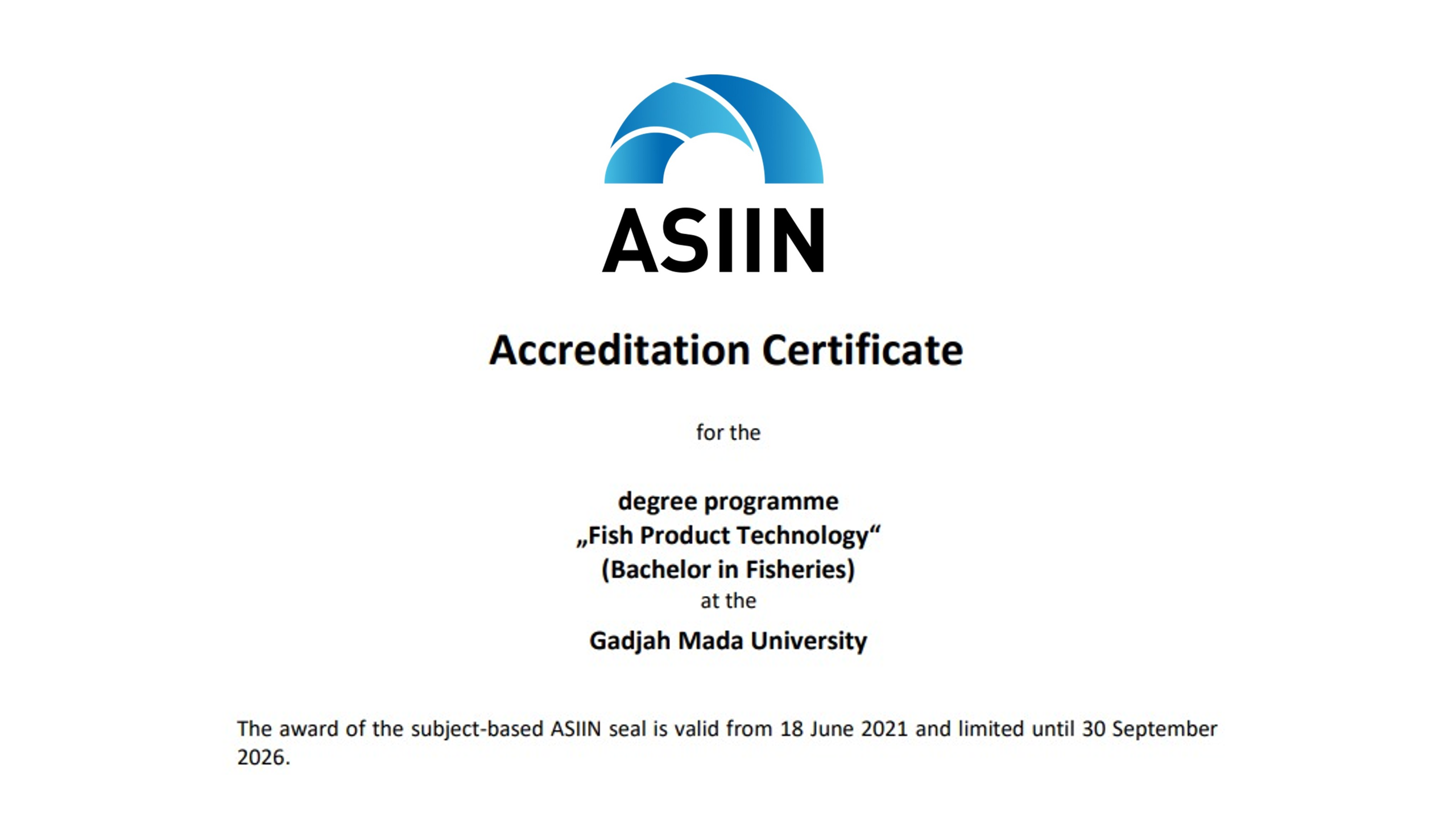
Thank you very much for support from all parties: Rectorate, Office of Quality Assurance, Dean and Vice Dean of Agriculture Faculty, Head of Department of Fisheries, Task Force Team, all Lectures, Academic Staff, Students, Alumni, and Users. This is just the beginning, let’s build a better BFPT.

